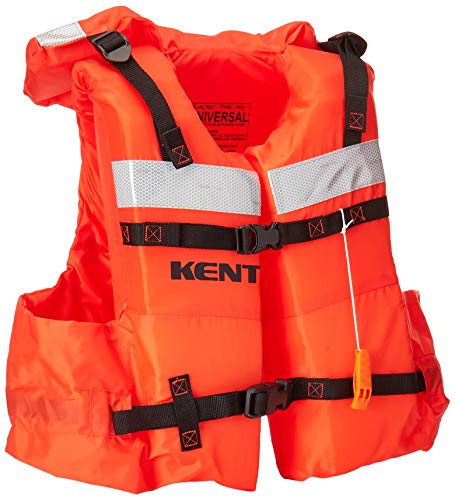muzzle
muzzle
Media Keyboards
| Feature | K400 | K600 | K830 |
|---|---|---|---|
| USB Unifying Receiver | Yes | Yes | Yes |
| Bluetooth | no | Yes | Yes |
| Easy Switch Multiple Devices | n/a | 3 | n/a |
| Illuminated Keys | no | no | Yes |
| MacOS, iOS, iPadOS | no | Yes | no |
| ChromeOS, Windows, Android | Yes | Yes | Yes |
Apple Thunderbolt3 to Thunderbolt2 adapter
Safety First
SOMETIMES WHAT PEOPLE THINK IMPROVES SAFETY ACTUALLY CREATES MORE RISK OR CAUSES MORE HARM
Air-Filled or Foam Toys are not safety devices. Don’t use air-filled or foam toys, such as “water wings”, “noodles”, or inner-tubes, instead of life jackets. These toys are not life jackets and are not designed to keep swimmers safe.
Floaties Don’t Teach Kids How To Float
Learning to float on your back is the first, and the most important, swimming lesson. Water wings keep children in a vertical position. This is not a natural swimming position. When someone does learn to swim, the prior use of water wings will make it more difficult because they are used to “swimming” in a vertical position.
Swimming Isn’t a Natural Ability
If a child wears water wings in the pool area, they may be convinced that they can swim when they cannot. The child may also ignore general water safety rules, thinking that it is okay for them to enter the water without an adult present. No matter what, caution must always be used.
What has research found?
Swimming skills help. Taking part in formal swimming lessons reduces the risk of drowning among children aged 1 to 4 years. However, many people don’t have basic swimming skills. A CDC study about self-reported swimming ability found that:
Younger adults reported greater swimming ability than older adults.
Self-reported ability increased with level of education.
Among racial groups, African Americans reported the most limited swimming ability.
Men of all ages, races, and educational levels consistently reported greater swimming ability than women.
Seconds count—learn CPR. CPR performed by bystanders has been shown to save lives and improve outcomes in drowning victims. The more quickly CPR is started, the better the chance of improved outcomes.
Life jackets can reduce risk. Potentially, half of all boating deaths might be prevented with the use of life jackets.
Tips to help you stay safe in the water
Supervise When in or Around Water. Designate a responsible adult to watch young children while in the bath and all children swimming or playing in or around water. Supervisors of preschool children should provide “touch supervision”, be close enough to reach the child at all times. Because drowning occurs quickly and quietly, adults should not be involved in any other distracting activity (such as reading, playing cards, talking on the phone, or mowing the lawn) while supervising children, even if lifeguards are present.
Use the Buddy System. Always swim with a buddy. Select swimming sites that have lifeguards when possible.
Seizure Disorder Safety. If you or a family member has a seizure disorder, provide one-on-one supervision around water, including swimming pools. Consider taking showers rather than using a bath tub for bathing. Wear life jackets when boating.
Learn to Swim. Formal swimming lessons can protect young children from drowning. However, even when children have had formal swimming lessons, constant, careful supervision when children are in the water, and barriers, such as pool fencing to prevent unsupervised access, are still important.
Learn Cardiopulmonary Resuscitation (CPR). In the time it takes for paramedics to arrive, your CPR skills could save someone’s life.
Avoid Alcohol. Avoid drinking alcohol before or during swimming, boating, or water skiing. Do not drink alcohol while supervising children.
Don’t let swimmers hyperventilate before swimming underwater or try to hold their breath for long periods of time. This can cause them to pass out (sometimes called “hypoxic blackout” or “shallow water blackout”) and drown.
Know how to prevent recreational water illnesses. For more information about illnesses from recreational water, see the More Information section below.
Know the local weather conditions and forecast before swimming or boating. Strong winds and thunderstorms with lightning strikes are dangerous.
If you have a swimming pool at home:
Install Four-Sided Fencing. Install a four-sided pool fence that completely separates the pool area from the house and yard. The fence should be at least 4 feet high. Use self-closing and self-latching gates that open outward with latches that are out of reach of children. Also, consider additional barriers such as automatic door locks and alarms to prevent access or alert you if someone enters the pool area.
Clear the Pool and Deck of Toys. Remove floats, balls and other toys from the pool and surrounding area immediately after use so children are not tempted to enter the pool area unsupervised.
If you are in and around natural water settings:
Use U.S. Coast Guard approved life jackets. This is important regardless of the distance to be traveled, the size of the boat, or the swimming ability of boaters; life jackets can reduce risk for weaker swimmers too.
Know the meaning of and obey warnings represented by colored beach flags. These may vary from one beach to another.
Watch for dangerous waves and signs of rip currents. Some examples are water that is discolored and choppy, foamy, or filled with debris and moving in a channel away from shore.
If you are caught in a rip current, swim parallel to shore. Once free of the current, swim diagonally toward shore.

















